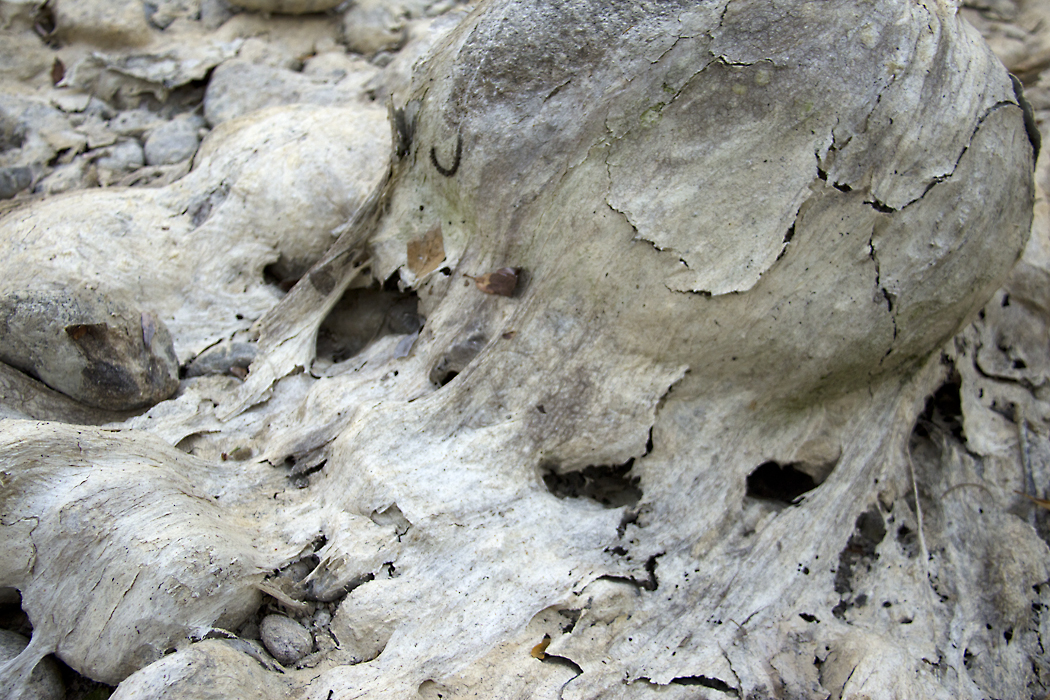On May 1, 1850, a notice
appeared in the Pacific News of San Francisco: :BALDWIN & CO.
Successors to F. D. KOHLER &- CO.
Successors to F. D. KOHLER &- CO.
.
Assayers, refiners, and coiners
Manufacturers of jewelry, etc. George C. Baldwin and Thos. S. Holman.
All kinds of engraving. Our coins redeemable on presentations
Manufacturers of jewelry, etc. George C. Baldwin and Thos. S. Holman.
All kinds of engraving. Our coins redeemable on presentations
From: Coin Facts
Picture from: http://www.pinterest.com/pin/500603314800859322/













